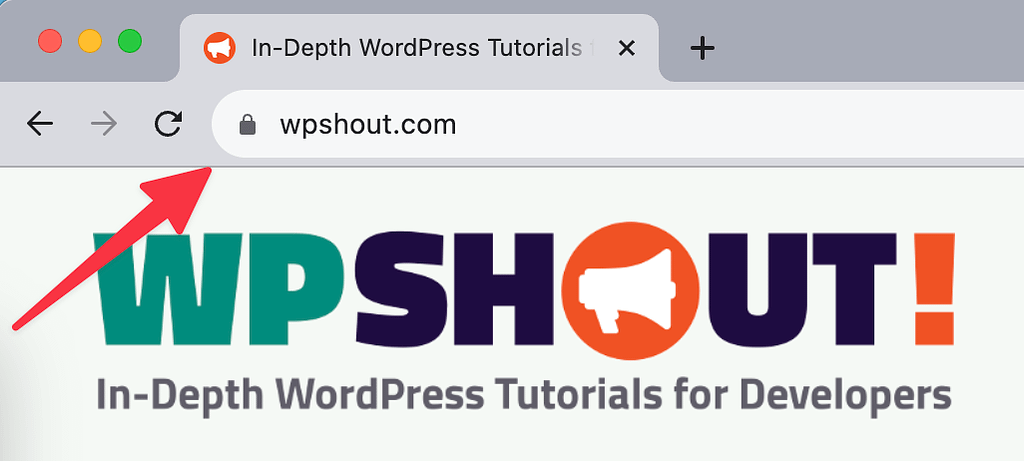Understanding HTTPS is essential for anyone who uses or owns a website. You’ve probably seen it mentioned countless times while browsing the web, but what is HTTPS and why is it so crucial for website security?
At a glance, HTTPS is the foundation of secure data exchange on the internet. In this article, we’ll break down the concept of HTTPS, explain how it differs from HTTP, and explore why it’s paramount for safeguarding your online activities.
What is HTTPS?
HTTPS is a vital component of online security, serving as the protective shield that ensures your data remains private and safe while traveling between your browser and the websites you visit.
What does HTTPS stand for?
HTTPS is an acronym that stands for HyperText Transfer Protocol Secure. At its core, it’s an advanced version of HTTP, the protocol that governs how data is transmitted over the internet. The key distinction is that extra “S” at the end, which signifies “secure.”
How is HTTPS different from HTTP?
HTTP and HTTPS share many similarities, but as mentioned, the extra “S” in HTTPS stands for “secure,” which makes all the difference. While both protocols allow your web browser to communicate with a web server to retrieve and display web pages, HTTPS adds an essential layer of security through encryption.
When you visit a website using HTTPS, the data exchanged between your browser and the server is encrypted, making it virtually impossible for cybercriminals to intercept and decipher your information. In contrast, HTTP data is sent in plain text, making it susceptible to eavesdropping and tampering.
How does HTTPS work?
HTTPS works by using SSL (Secure Sockets Layer) or TLS (Transport Layer Security) certificates. These certificates are like digital passports that verify the authenticity of a website and enable the encryption of data between your browser and the server. To put it simply, when you visit an HTTPS-enabled site, your browser and the server perform a secure handshake, ensuring that both parties can communicate safely.
This handshake process involves the exchange of encryption keys, which are used to scramble and unscramble the data being transmitted. It’s akin to having a secret language that only your browser and the server understand, making your online interactions impenetrable to prying eyes.
How to know if a website uses HTTPS
Identifying whether a website uses HTTPS is straightforward. Look for visual cues in your browser’s address bar. You’ll typically see a padlock symbol, often accompanied by a green address bar, indicating that the website is secure. Additionally, you’ll notice that the URL begins with https:// instead of http://.

These visual cues are your assurance that your connection with the website is encrypted, and your data is safe from potential threats.
How to get HTTPS on your website
If you own a website and want to ensure the security and trustworthiness of your online presence, obtaining an SSL certificate is essential. SSL certificates can be acquired through various certificate authorities, and there are options available for all types of websites, including WordPress sites. You can learn more about affordable SSL certificates for WordPress in this helpful guide.
Moreover, it’s crucial to configure your website to automatically redirect from HTTP to HTTPS. This guarantees that all visitors are using a secure connection. Check out this guide on how to add HTTPS to your WordPress site with step-by-step instructions here.
Conclusion
In summary, HTTPS, or HyperText Transfer Protocol Secure, is the bedrock of online security. Understanding the difference between HTTP and HTTPS is crucial for protecting your data and ensuring a trustworthy online experience. The “S” in HTTPS stands for “secure,” and it’s a small letter that makes a significant impact on your online safety.
The next time you visit a website, take a moment to look for those visual cues that indicate a secure connection. And if you own a website, don’t hesitate to invest in an SSL certificate and set up HTTPS to build trust with your visitors.
By taking these steps, you’ll be contributing to a safer online ecosystem, where your personal information remains confidential and your online activities are shielded from prying eyes. In an age where online privacy and security are paramount, understanding what is HTTPS helps you navigate the digital realm confidently and effectively.


Or start the conversation in our Facebook group for WordPress professionals. Find answers, share tips, and get help from other WordPress experts. Join now (it’s free)!